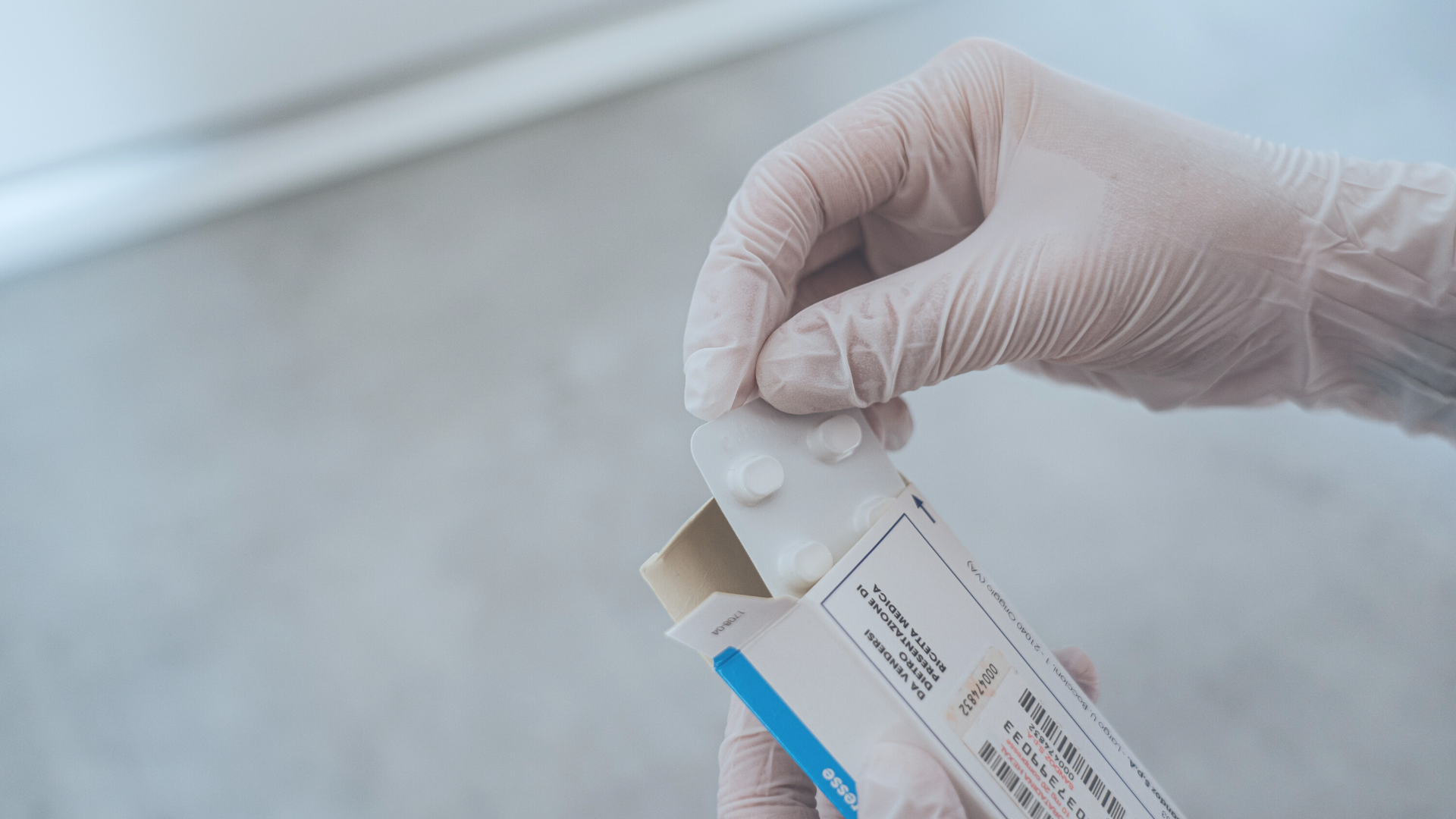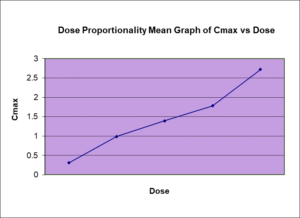Clinical Trial Protocol Development: Bioequivalence-Generic Products

A clinical trial protocol is the most important document that describes the objectives, design, methodology, statistical considerations, safety measures and organisation of a clinical trial. The protocol provides a clear description of the study’s processes such that a clinical trial can be well executed. The clinical trial protocol should cover at least the following areas:
- Investigators and Facilities Involved
- Investigator’s signature to agree to conducting the study per ICH
- Background Information and rational
- Study Objective
- Experimental Plan/Study Design
- Drug Products/Treatments
- Subject Selection
- Study Procedures
- Safety Monitoring
- Adverse Event Reporting
- Pharmacokinetic, safety assessment or other applicable endpoints
- Bioanalytical Analysis
- Data/Statistical Analysis
- Data Management/Record Keeping.
- Ethical Consideration
Here, we mainly focus on bioequivalence (BE) studies for generic products. A protocol study design for Bioequivalence trials must be developed in-line with ICH Guidelines E6 (R2): Guidelines for Good Clinical Practice, other applicable regulatory guidance. Along with background information about Pharmacokinetic (PK) and adverse event reported for the study drug product(s), a well-prepared protocol must include a proper rational about the study design and if any criteria in the study design is different from the guidance in regard to GI condition, population, strength, and dose.
The safety measures not limited to vital signs, clinical lab tests and ECG which indicated in the protocol must be assessed carefully by a study investigator to administer a safe dose to healthy volunteers (HV) vs patients as the study population. It is important a protocol describes Adverse Event (AE) assessment, recording, follow-ups and reporting in-line with the regulatory requirements and the sponsor’s expectation.
Analytical procedures, analyte(s) in biological matrix and criteria for samples to be assayed must be indicated in the protocol. Pharmacokinetic/statistical analysis and Bioequivalence trial criteria must be clearly described in the protocol according to applicable regulatory guidance.
Bioequivalence and Regulatory Requirements
Two products are bioequivalent when they are equal in the rate and extent of absorption to which the active pharmaceutical ingredient (API) becomes available at the site(s) of drug action when administered at the same molar dose under similar conditions. Bioequivalence studies are used in a variety of situations, most often when a sponsor proposes manufacturing a generic version of an approved drug. The general criteria for conducting the Bioequivalence trial for generic products are similar among different regulatory agencies; however, they have some differences.
Table 1 summarized the similarities and differences among general regulatory requirements for bioequivalence studies of generic products, which are very essential in developing study protocol. Exception may be applied to specific drug formulations with different characteristics such as variability, PK and safety properties.
This table also does not include the PK parameters for acceptance of Bioequivalence criteria for different formulations and many other points such as enantiomers, endogenous substances, narrow therapeutic index drugs, highly variable drug products and linearity of drug product which may require to be considered in the protocol design for Bioequivalence trials depends on the study drug(s).
In addition to general guidance for Bioequivalence trials, FDA, EMA and WHO have also published product-specific Bioequivalence guidance describing the agencies’ current thinking and expectations on how to develop some generic drug products therapeutically equivalent to specific reference listed drugs according to their PK properties and safety of a study population.
The protocol deign must follow the criteria recommended in the general Bioequivalence guidelines not limited to blinding, population, GI conditions, washout period, PK sampling, PK parameters, meal and water, strength, dose, analytes to measure and acceptance Bioequivalence criteria.
However, when there is a published product-specific Bioequivalence guidance, the protocol must include the adjusted expectations in regard to the following criteria not limited to design, strength and dose to be used in the study, number of studies either conducting single-dose or multiple ascending dose studies under fasting or fed conditions or both, including male and/or female, measuring parent and/or metabolite and considering the PK parameters of main and supportive analyte(s) to meet the Bioequivalence trial criteria.
Biological matrix is also specified in a product specific guidance. Each specific guidance may also specify additional requirements, depends on the drug product. Deviations from the approach recommended in general guidance or individual guidance can be considered acceptable by regulatory agencies if they are scientifically justified in the study protocol. We provide an example about the experience that BioPharma Services Inc. (BPSI) has with imatinib tablets. Our full Bioanalytical Assay.
Case: Imatinib Tablet
According to FDA product-specific Bioeuqivalence guidance for imatinib tablet 400 mg, the volunteers for this product should be patients. Based on published literature reviews and assessment of all the available nonclinical and clinical data and the nature of adverse events, imatinib was found to be relatively well tolerated in HVs. Moreover, EMA issued the Bioequivalence guidance on imatinib tablet 400 mg, recommending healthy subjects as the study populations.
Considering the available safety information, implementing appropriate safety measures and BPSI’s in-house experience, BioPharma Services scientific team justified in the protocol that the single oral dose of 400 mg of imatinib in a typical crossover study administered to HVs could be appropriate for the BE assessment. To date, BPSI completed 11 successful Bioequivalence studies for imatinib tablets conducted in HVs which were accepted by FDA.
Table 1: Similarities and Differences in General Regulatory Requirements for Bioequivalence Study of Generic Products
| Criteria | Agencies | |||||||
|---|---|---|---|---|---|---|---|---|
| FDA (USA) | NMPA (China) | EMA (Europe) | TPD (Canada) | TGA (Australia) Adopted EMA guidance* | ANVISA (Brazil) | WHO (World Health Organization) | PMDA (Japan) |
|
| Blinding | Open-label | Open-label | Open-label | Blinded | Open-label | Open-label | Open-label | Open-label |
| Age | 18 years and older | 18 years and older | 18 years and older | 18-55 years, inclusive | 18 years and older | 18 years and older | Not specified as long as subjects are defined healthy | |
| Sex | Both Sex | Both Sex | Both Sex | Both Sex | Both Sex | Both Sex Number of males and females be distributed equally among the sequence | Both Sex | Both Sex |
| BMI | Not specified | 18-30 kg/m2, inclusive | 18-30 kg/m2, inclusive | ± 15% of the ideal BMI | 18-30 kg/m2, inclusive | Not specified | ||
| Smoking | Non-smoker are preferable | Non-smoker are preferable | Non-smoker are preferable | Non-smoker are preferable | Non-smoker are preferable | Non-smoker are preferable | Non-smoker are preferable | Non-smoker are preferable |
| Strength** | Highest marketed strength | Highest marketed strength | Highest marketed strength | Highest marketed strength | Highest marketed strength | Highest marketed strength | Highest marketed strength | Highest marketed strength |
| Washout | At least 5 elimination half-lives | At least 5 elimination half-lives | At least 5 elimination half-lives | Not less than 10 times the mean terminal half‐life | At least 5 elimination half-lives | At least 7 elimination half-lives | At least 5 elimination half-lives | At least 5 elimination half-lives |
| Moieties to Measure** | Parent (active ingredient or active moiety) + active metabolite as supportive evidence | Parent No Specified in guidance to follow the same approach as FDA | Parent (active ingredient or active moiety) | Parent (active ingredient or active moiety) | Parent (active ingredient or active moiety) | Parent (Measuring metabolite to be assessed by ANVISA case by case) | Parent and/or metabolite | Parent (active ingredient or active moiety) |
| GI Conditions | FA and FE | FA and FE | FA | FA | FA | FA | FA | FA and FE |
| Fasting Period | FA: overnight fast of at least 10 hours. | FA: overnight fast of at least 10 hours. | FA: overnight fast of at least 8 hours. | FA: overnight fast of at least 8 hours. | FA: overnight fast of at least 8 hours. | Not specified. Generally, 8-10 hours | Not specified. Generally, 8-10 hours | FA: overnight fast of at least 10 hours. |
| Breakfast for Fed Study | High fat meal 30 minutes prior to dosing | High fat meal 30 minutes prior to dosing | High fat meal 30 minutes prior to dosing | High fat meal 30 minutes prior to dosing | High fat meal 30 minutes prior to dosing | High fat meal 30 minutes prior to dosing | High fat meal 30 minutes prior to dosing | High fat meal should be eaten within 20 min, and drugs administered within 10 min thereafter. |
| Volume of Water with Dosing | 240 mL | 240 mL | At least 150 mL | 150-250 mL | At least 150 mL | 200 mL | 180-240 mL | 100- 200 mL (Normally 150 mL) |
| Water Restriction | allowed water as desired except for dosing and 1 hour before to 1 hour after drug administration | allowed water as desired except for dosing and 1 hour before to 1 hour after drug administration | allowed water as desired except for dosing and 1 hour before to 1 hour after drug administration | allowed water as desired except for dosing and 1 hour before to 1 hour after drug administration | allowed water as desired except for dosing and 1 hour before to 1 hour after drug administration | allowed water as desired except for dosing and 1 hour before to 1 hour after drug administration | allowed water as desired except for dosing and 1 hour before to 1 hour after drug administration | allowed water as desired except for dosing and 1 hour before to 1 hour after drug administration |
Bioequivalence Studies and Different Drug Formulations
Regulatory agencies published guidelines for drug products with wide range of drug formulations such as immediate-release formulations, sublingual formulations, modified-released formulations and more. The guidelines for modified-release formulations cover the requirements for prolonged-release, delayed-release, multiphasic-release, intramuscular/subcutaneous depot formulations and transdermal patch formulations.
There are specific design considerations that are applicable to different formulations. For example, for some modified-release formulations only a single dose study is required, whereas, for some formulations both single-dose and multiple-dose studies are recommended.
Different PK parameters must be evaluated for different formulations to meet Bioequivalence trial criteria according to each regulatory agency. The study design specifications must be clearly defined in the study protocol.
Case: Transdermal Patch
Another example is about a generic development for transdermal patch. A generic transdermal patch is defined by having the same amount of active substance released per unit time as compared to the reference transdermal patch.
It is notable that this definition is different from the general definition of a generic, since the overall amount of active substance could differ, while the labelled amount of active substance released per unit time should be the same between a generic and the reference patch. Therefore, compared to other generic drug developments, the required studies for developing a generic patch are more complex.
FDA detailed specific requirements in FDA product-specific guidances for some patch formulations such as Methylphenidate, Estradiol, Scopolamine, Fentanyl, Clonidine, Ethinyl Estradiol/Norelgestromin, Buprenorphine, Nitroglycerine, Rotigotine, Selegiline and Revastigmine. EMA also defines the requirements in general guidelines for “modified release products” and their relevance to each patch requires to be verified in each individual case.
There are many phases of challenges when it comes to a generic development of transdermal patch as the test product should demonstrate a similar or lower degree of local irritation, sensitization, and similar or better adhesiveness to the skin as the reference product in addition to pharmacokinetic studies demonstrating the similar drug absorption. Scientifically sound trial designs and a well-written protocol for each study with regard to irritation/sensitization, adhesion and PK are the critical elements for the successful Bioequivalence assessment.
Why Choose BioPharma Services for your next Clinical Trial Protocol Development?
BioPharma Services has a highly qualified team of expert Scientific Medical Writers who develop clinical trial protocols for Bioequivalence clinical trials. The Scientific Medical Writing team works closely with multiple experienced teams at BioPharma Services including PK, Clinic, Bioanalytical lab, Biostatistics and Data Management to prepare a well-planned protocol for Bioequivalence trials for a variety of drug formulations for submitting to different regulatory agencies.
Find out why BioPharma might be the right partner for you! Learn more about BioPharma Services and the wide array of bioanalytical services we provide.
BioPharma Services, Inc., a Think Research Corporation and clinical trial services company, is a full-service Contract Clinical Research Organization (CRO) based in Toronto, Canada, specializing in Phase 1 clinical trials 1/2a and Bioequivalence clinical trials for international pharmaceutical companies worldwide. BioPharma has clinical facilities both in the USA and Canada with access to healthy volunteers and special populations.



